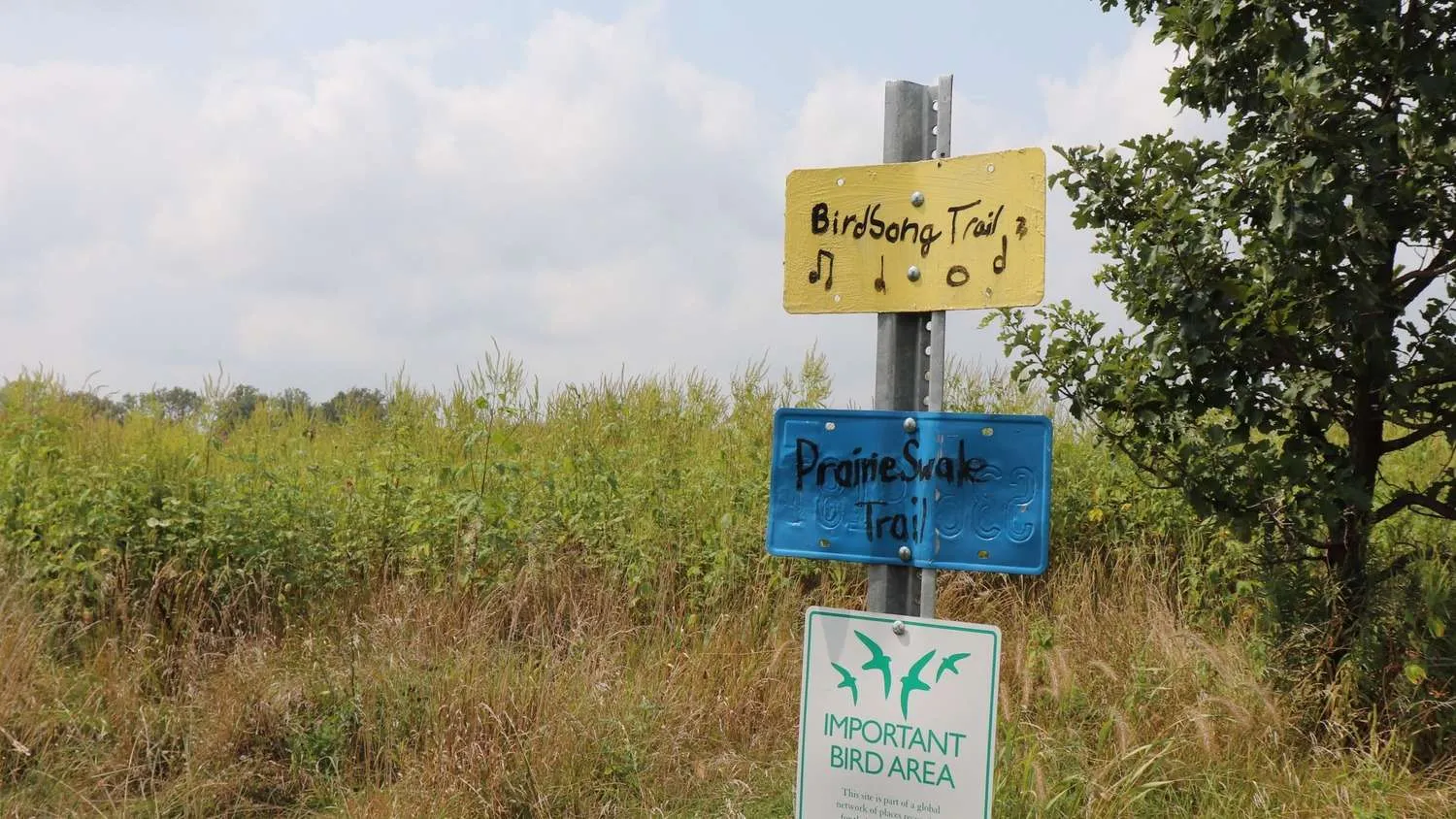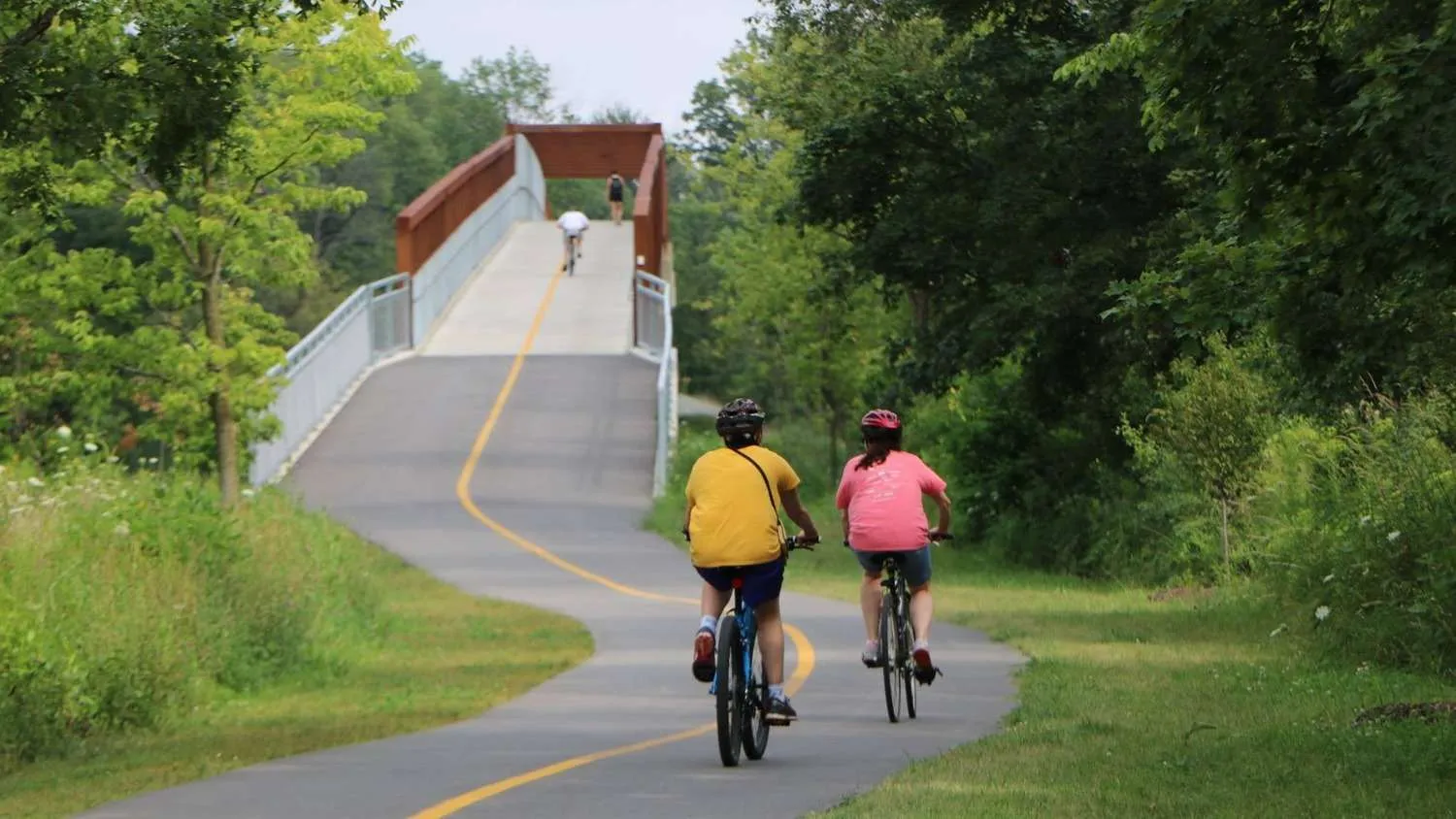About Crabtree Nature Center
Before 1830, this land was clothed in forest, prairie and marsh, but settlers brought rapid change to the landscape. Farming and homesteading practices led to prairies being plowed, marshes drained or dredged, and timber cut for building material. Since its purchase in the mid-1960′s by the Forest Preserve District, Crabtree has been slowly returning to its natural state through restoration by Forest Preserve staff and volunteer efforts.
1,182 acres of woodland, wetland and prairie provides a rest stop along the migratory bird highway. 260 species have been recorded using these habitats, with at least 89 species breeding onsite. Bird watchers can stroll through the trails to view birds along the way or stop at the blind to view the hosts of waterfowl in spring and fall.
In spring wildflowers carpet the woodlands. The summer brings blossoms in the meadows and prairies. Fall brings autumnal tones to the forest canopy and the native grasses. Winter brings solitude, broken by the calls of various birds visiting the grounds.
An exhibit building opens to several miles of self-guiding trails, inviting visitors to explore natural habitats that are home to wildlife and native plants.


